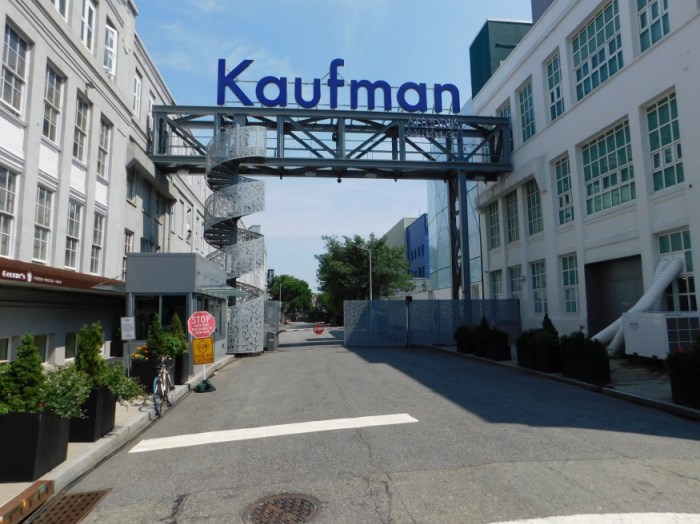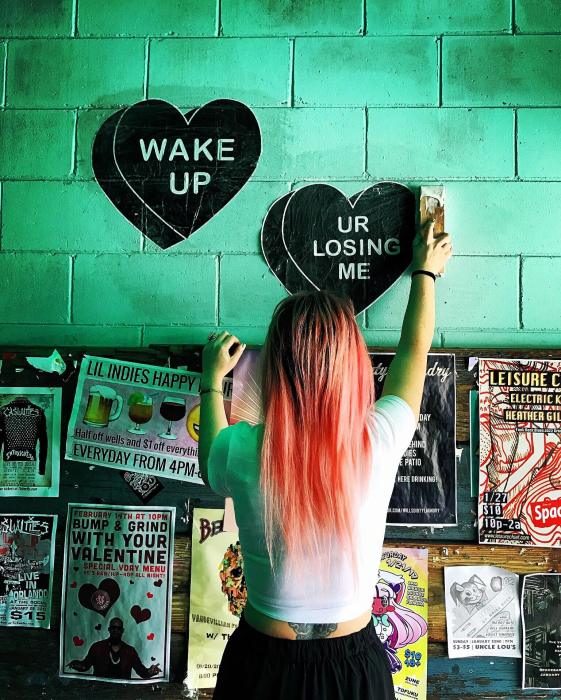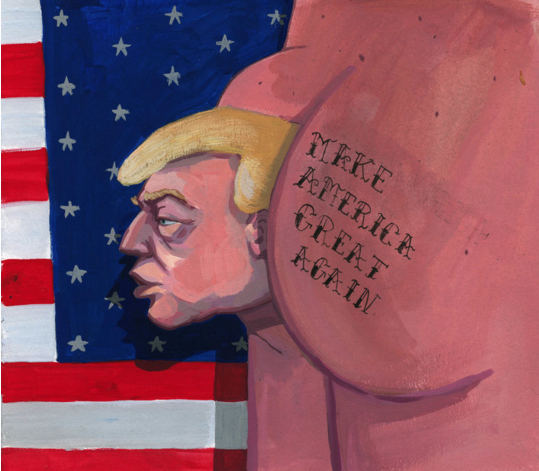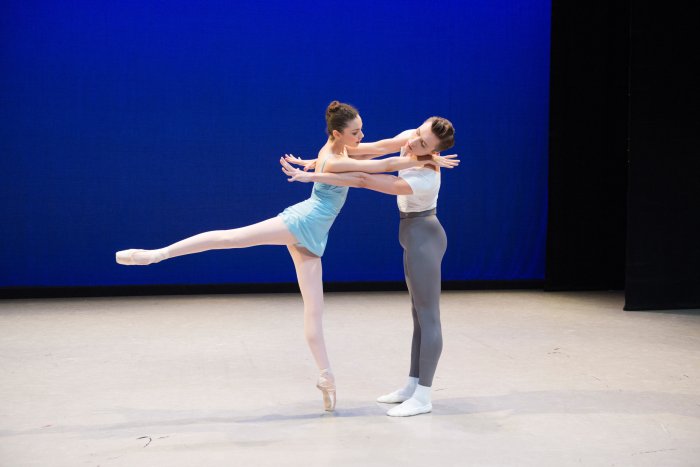Metro New York celebrates Hispanic Heritage Month
Jeffrey Wahlberg has been very busy carving out a Hollywood career.
The dark-haired, brooding nephew of A-lister Mark Wahlberg stars in the upcoming post-apocalyptic indie thriller Future World alongside Lucy Liu, Snoop Dogg and James Franco—who is also the movie’s co-director with Bruce Thierry Cheung—due out January 2017. (Uncle Mark also has a movie about to drop. Disaster-drama DeepwaterHorizon about the 2010 oil-rig explosion premieres this Friday).
Despite his super-nova dreams and having just turned 20, Wahlberg is still close to his roots as a deeply creative kid and half-Irish, half-Domincan American. Though he’s always wanted to act, his first obsessions were drawing, sculpting and graffiti art—something that oncefiguredstrongly in Latin-American street culture as a form of identity and expression, particularly in New York City, and in Miami where he grew up. “I went through a phase where graffiti was my obsession and my passion,” Wahlberg told Metro. “It was a 3- to 4-year period where I would do it every day. I went through multiple art phases like that. At first I was obsessed with drawing. Then I went through the graffiti phase. Then I painted. Then I went to making sculpture.” Graffiti is the subject of his latest project with Emmy-award winning director Jorge “Jokes” Yanes, which screened at New York’s Latin American Film Festival this month. TOYED, set in the 1990s, is about a teen who becomes embroiled in inter-gang conflict involvingtagging and pride in graffiti. TOYED is a 22-minute short that Yanes is adapting into a feature-length film starring Wahlberg. While growing up in Miami,Yanes, a renowned Cuban-American director known for major contributions to LatinoTV, washimself heavily involved ingraffiti art phenomenon in the hip-hop dominated 90s. Even as the murals are torn down and replaced by urban renewal,Yanes said, graffiti’s significance to the Latinos of New York City and Miami remains. For many, grafitti was and is the way to connect to society when there isa language divide, Yanes said. He alsonotes that some of the iconic graffiti style can be traced to Hispanic artists. And those who travel to Spanish-speaking countries will see many murals on buildings that bring art-viewing into the public space. “Because of the language barrier you want to express yourself in picture rather than language. It’s its own language in a sense. Amongst Hispanics having a skill in art is very respectable and almost expected of you,” Yanes said. For others, graffiti is part of the battle to overcome hard life-circumstances in unforgiving neighborhoods. Richy Rodriguez, a.k.a. TatOver, a Puerto-Rican American and major New York graffiti artist, grew up in the Bronx and ran into trouble with the law for pushing the envelope on freedom of expression on properties. After serving time, he is more empowered to use his art to make a better life. “In many ways TOYED is for all of those Hispanic kids that have to battleto let the art out, but that’s what winning takes,stepping up and making art, whatever that means to you,” Rodriquez told Metro. But the way that graffiti artists get their message across is different these days, says Yanes.
“It’s totally changed. It used to be about stumbling into it, seeing it from a distance. It was more about the live experience,” Yanes said.
“Something could be up for two years. Now if something illegal goes up it will come down in two days.”
Now, “it’s all about Instagram,” he said.
Young actor uses spray paint to reveal his Latino roots
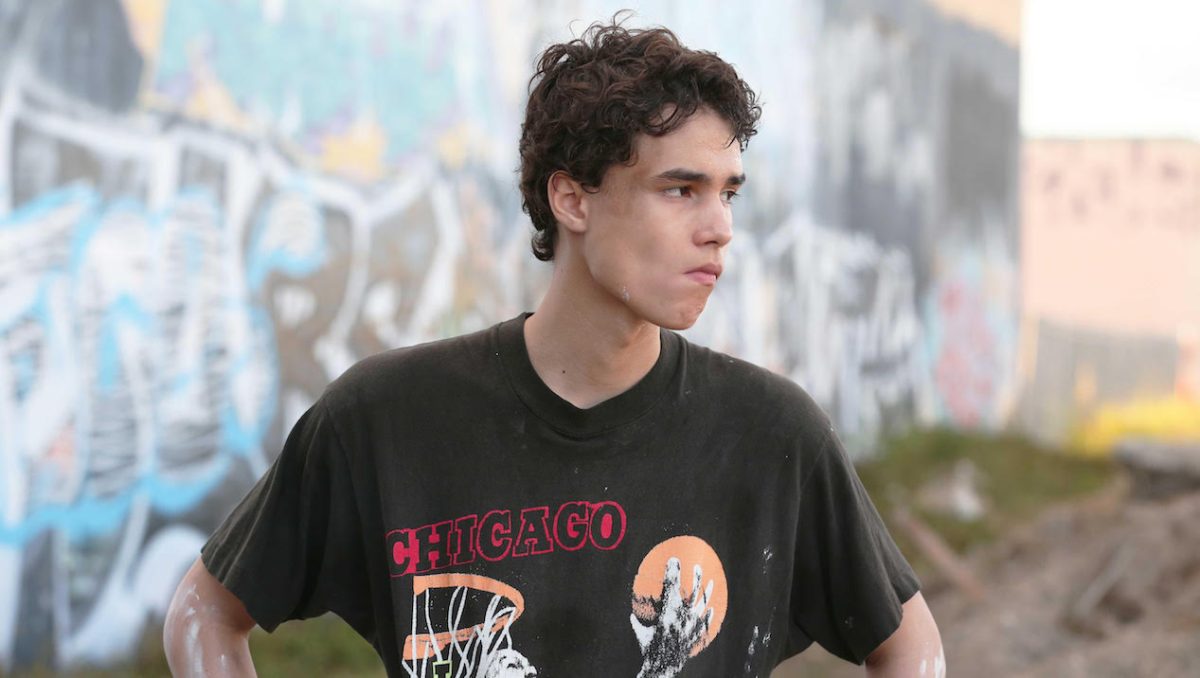
provided











